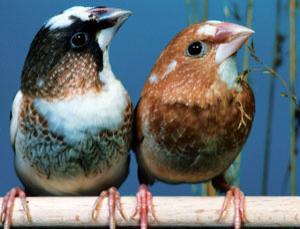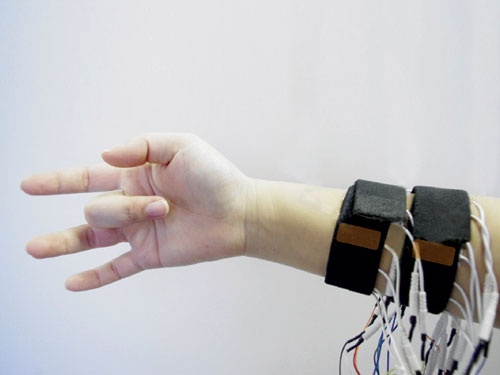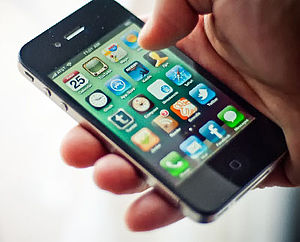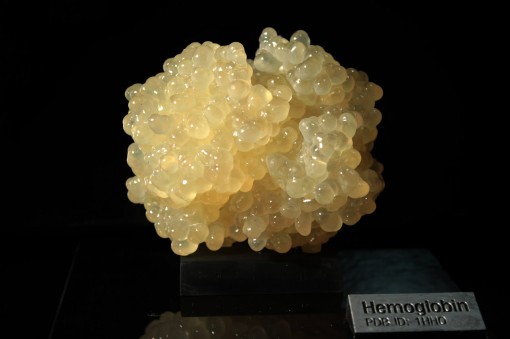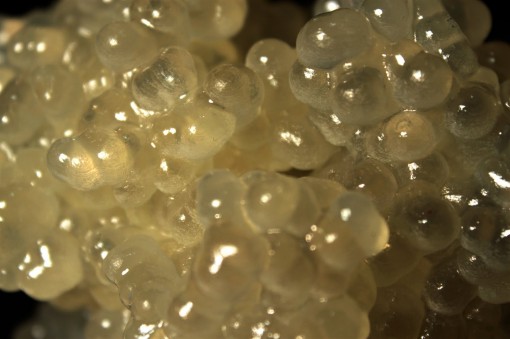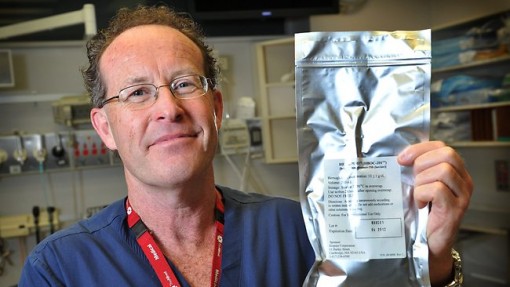
How often do you have to charge your smartphone? I think I mentioned some time ago that ever since I switched to the iPhone 4, I have had to charge my mobile phone every day. Comparing this to the every other day (sometimes every three days) charging I had to do with my Nokia E63, it does seem excessive. However, if you think about what one normally does with the iPhone (not to mention 3G or Wi-Fi always on), the once a day charging system does make sense.
Having access to electrical juice is something that the modern person has to deal with on a daily basis. As such, researchers are also on the ball as to figuring out how to make batteries last longer and how to provide consumers with more power. [Read more…] about Need Electrical Juice? Walk More!
